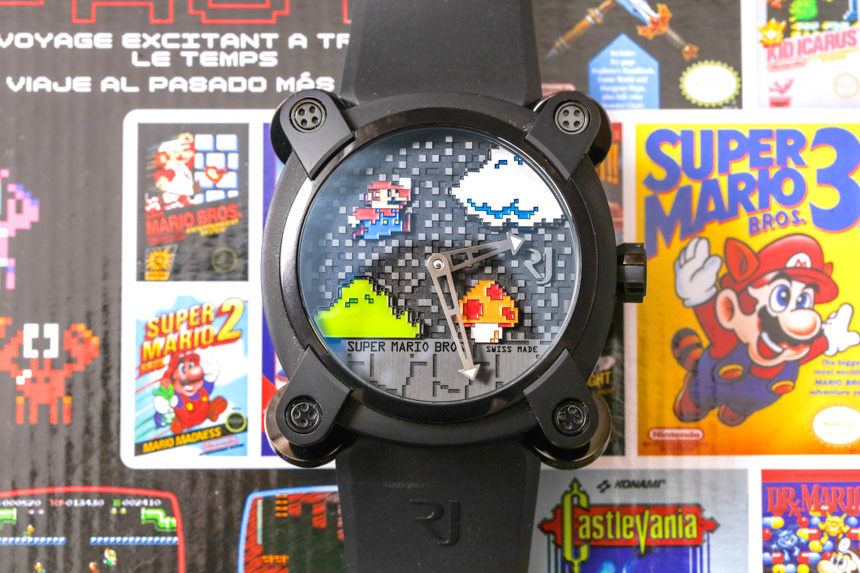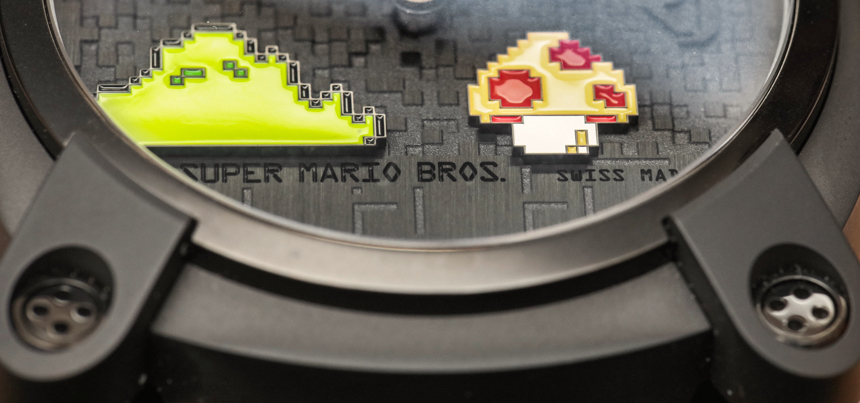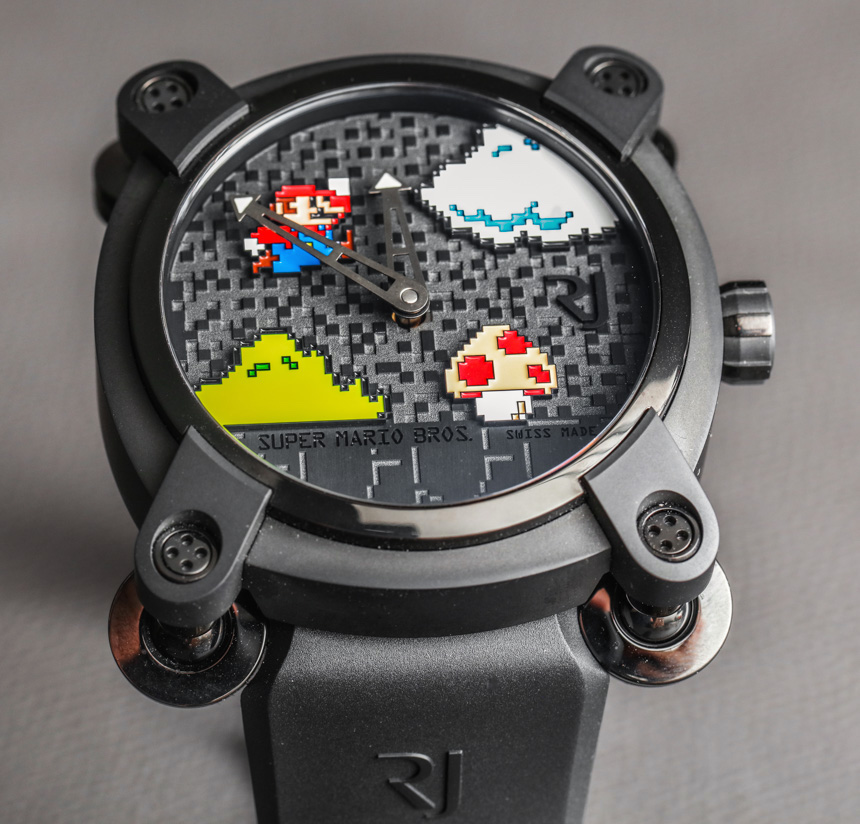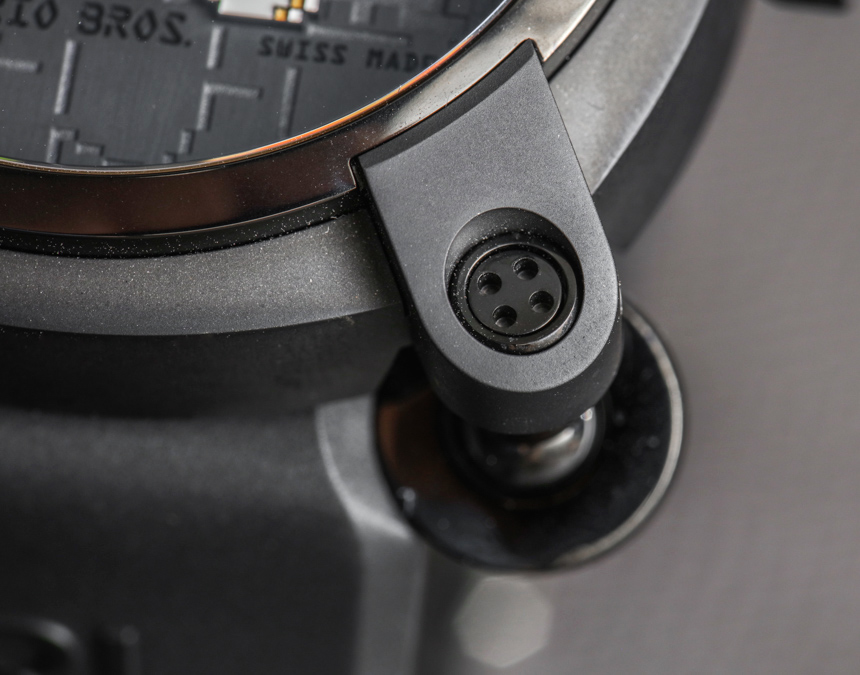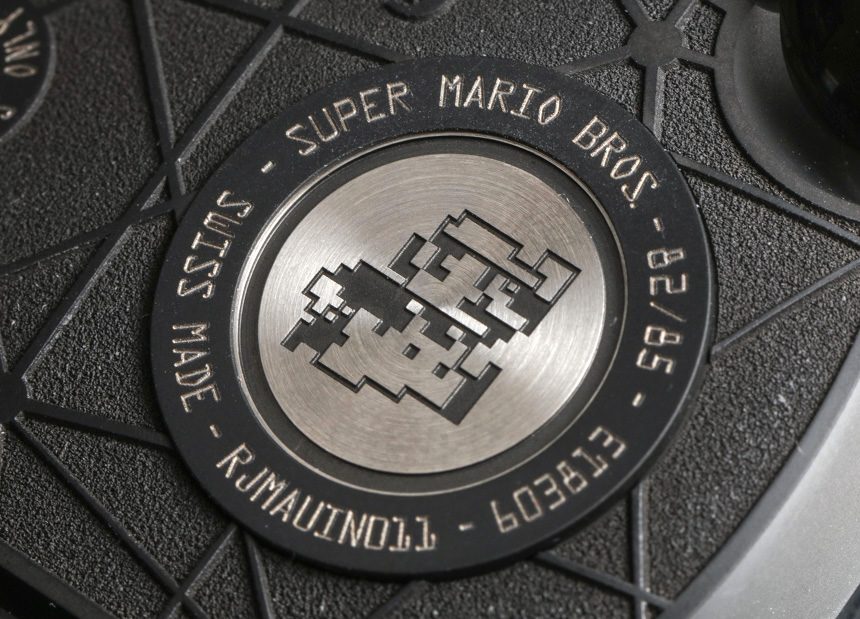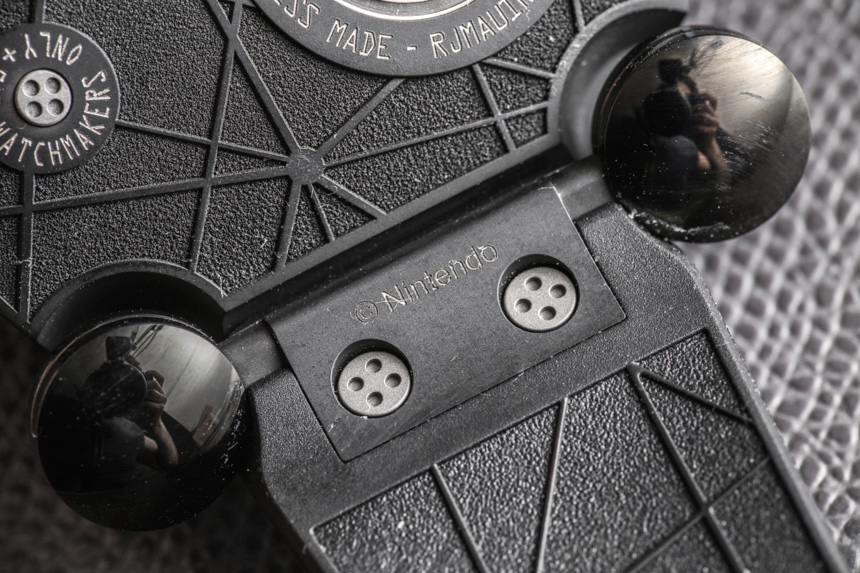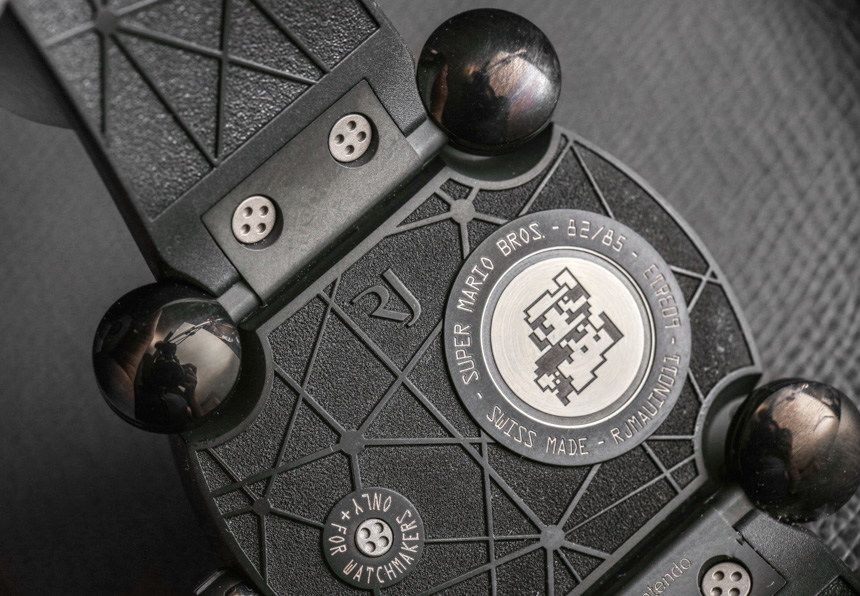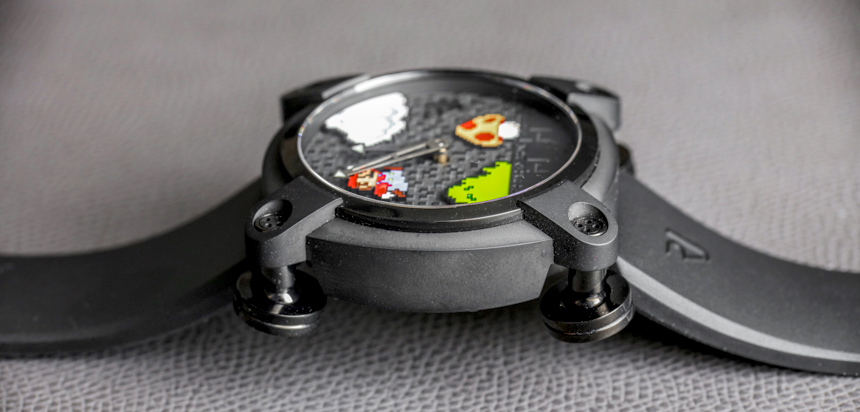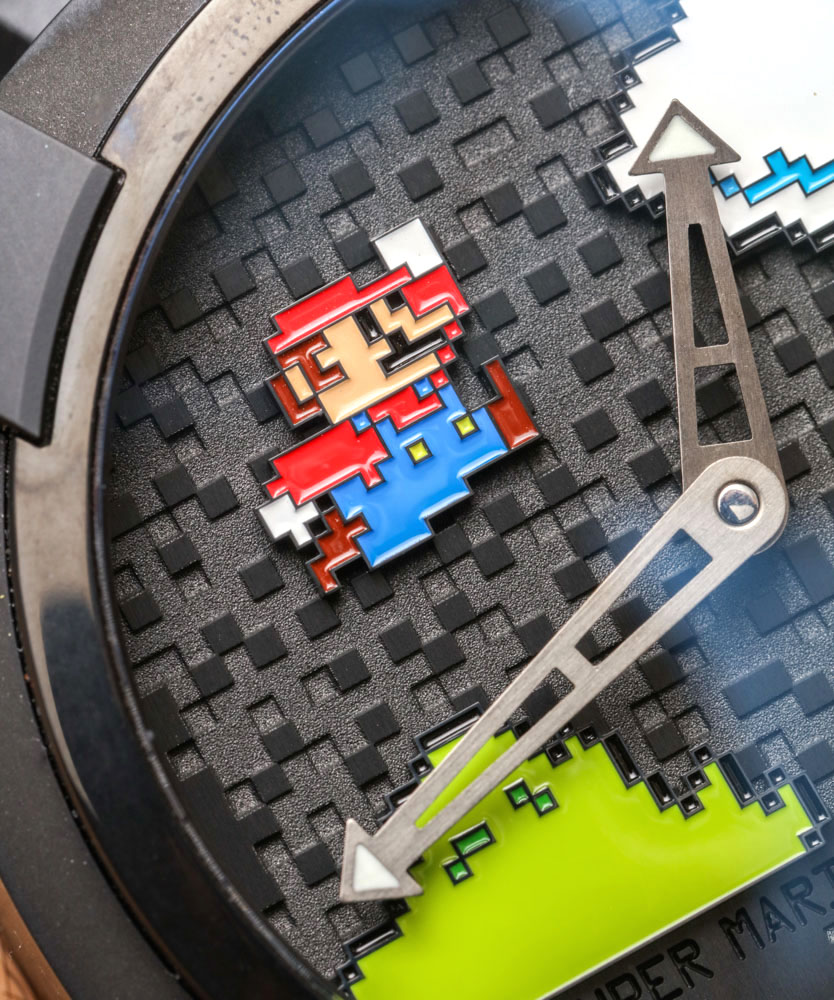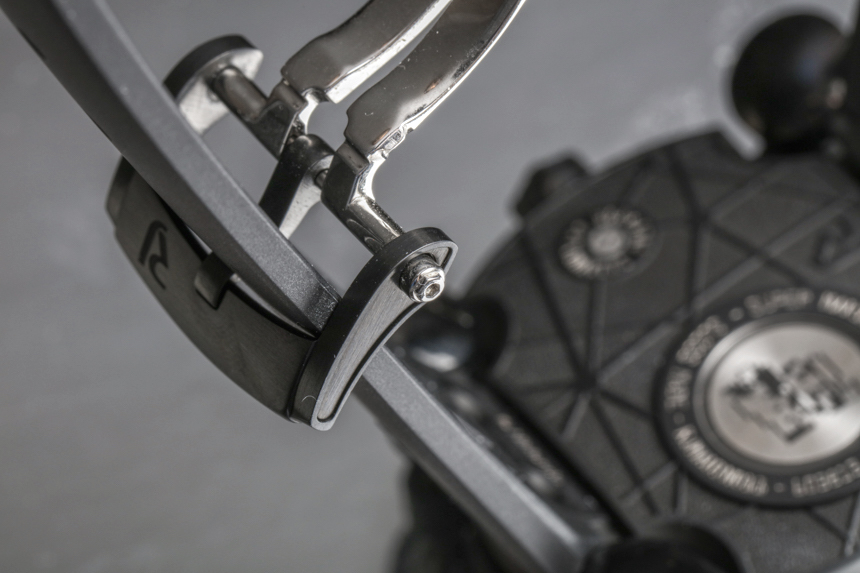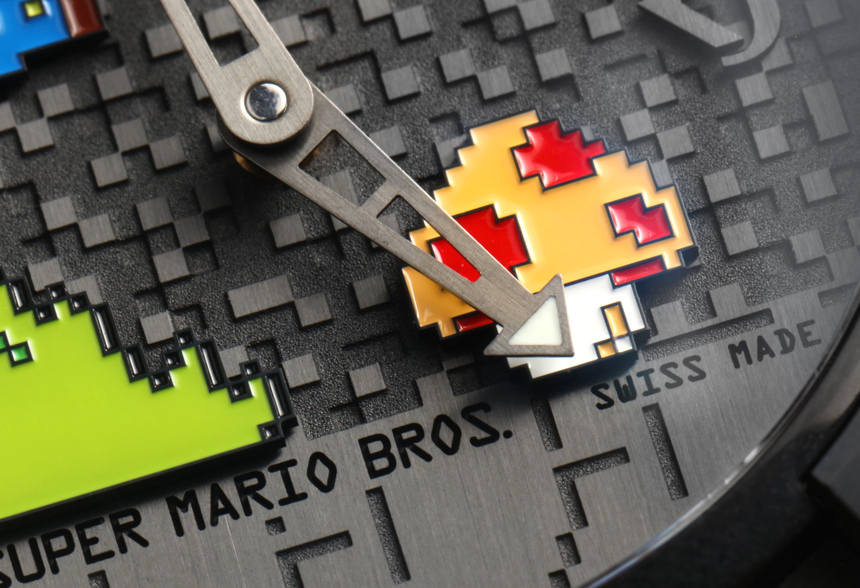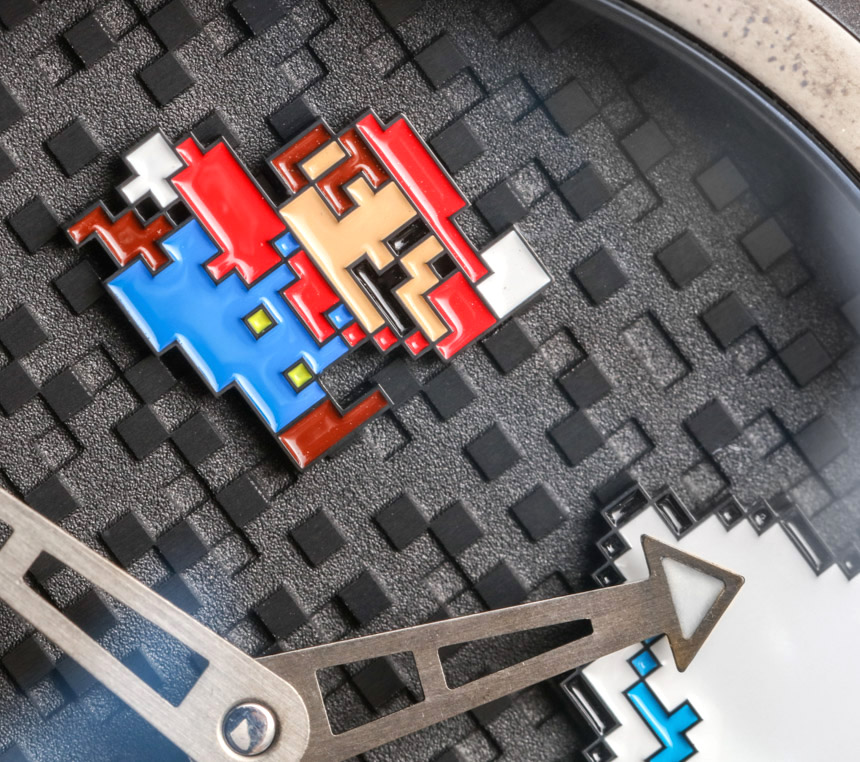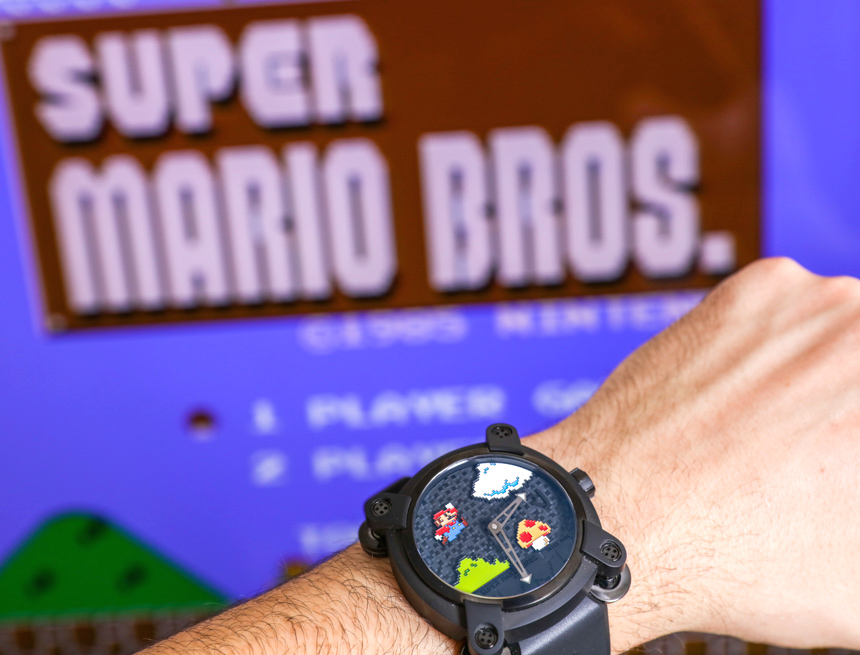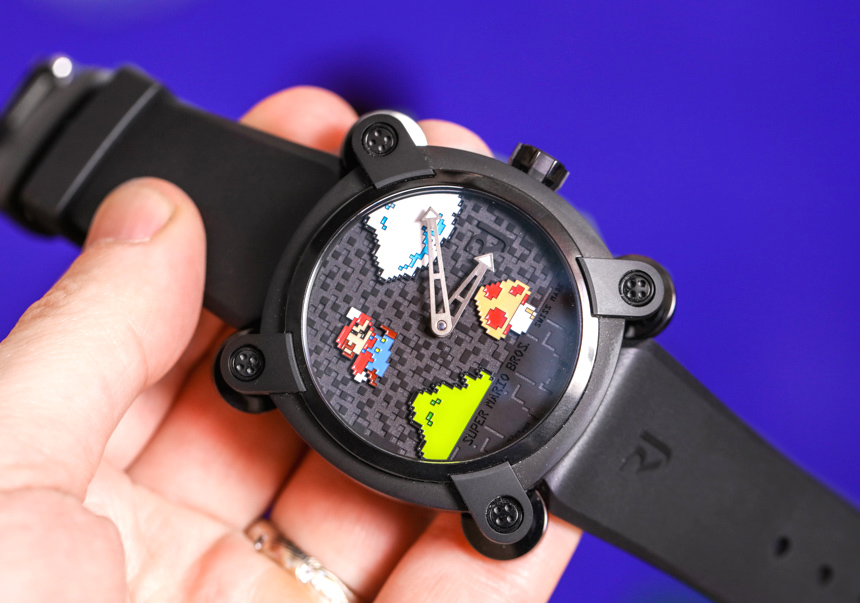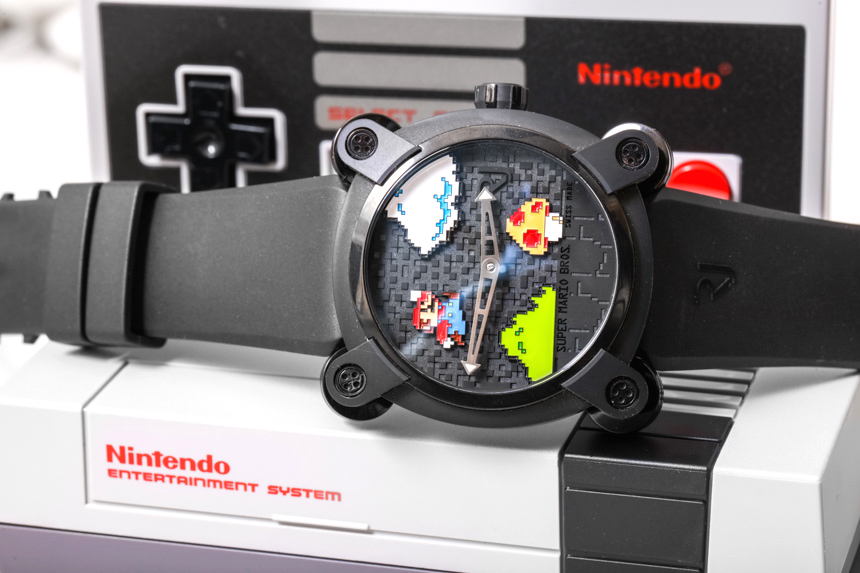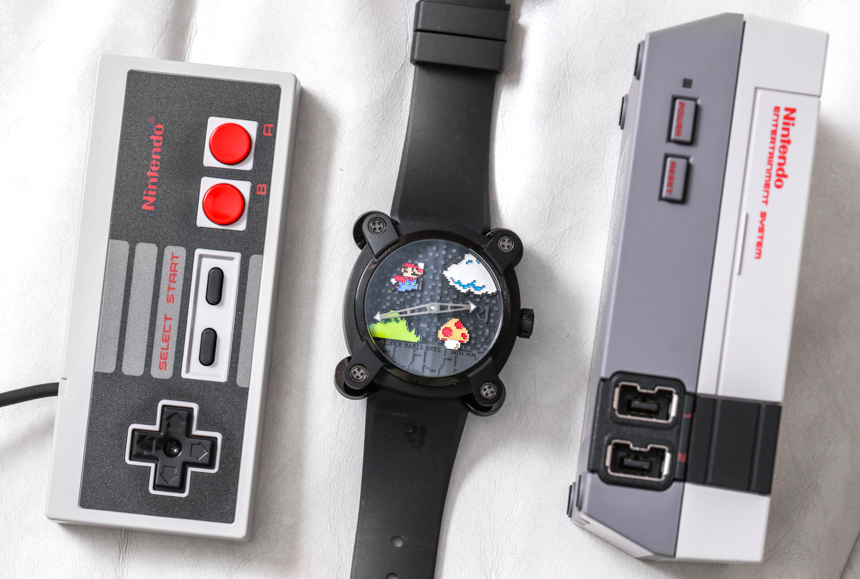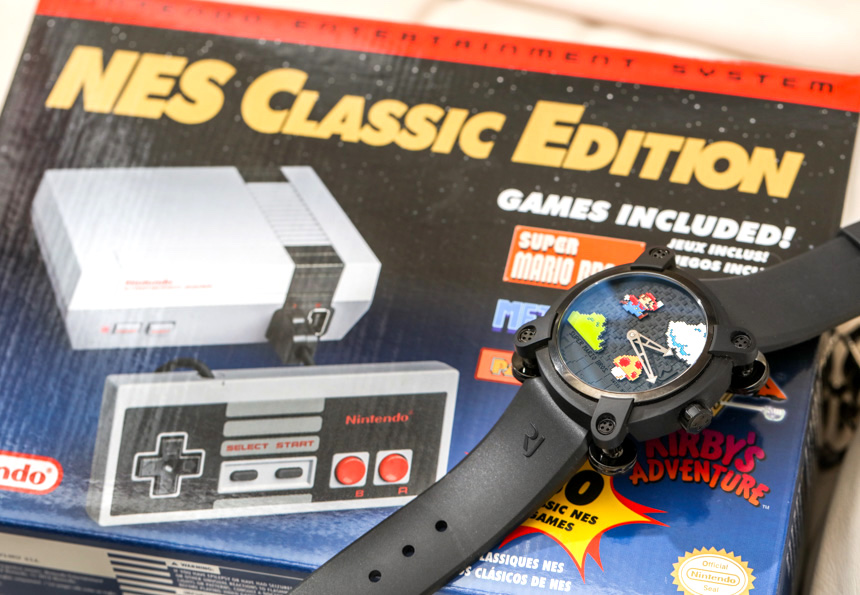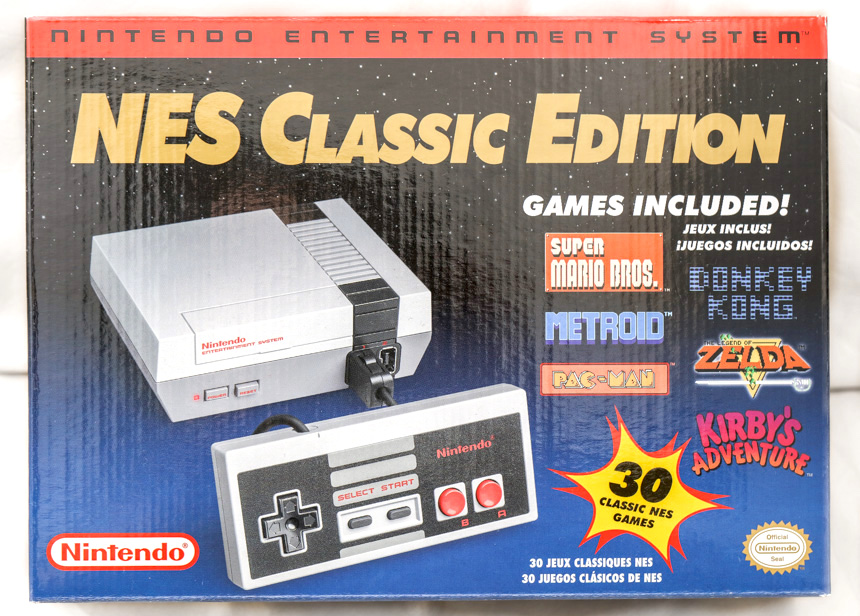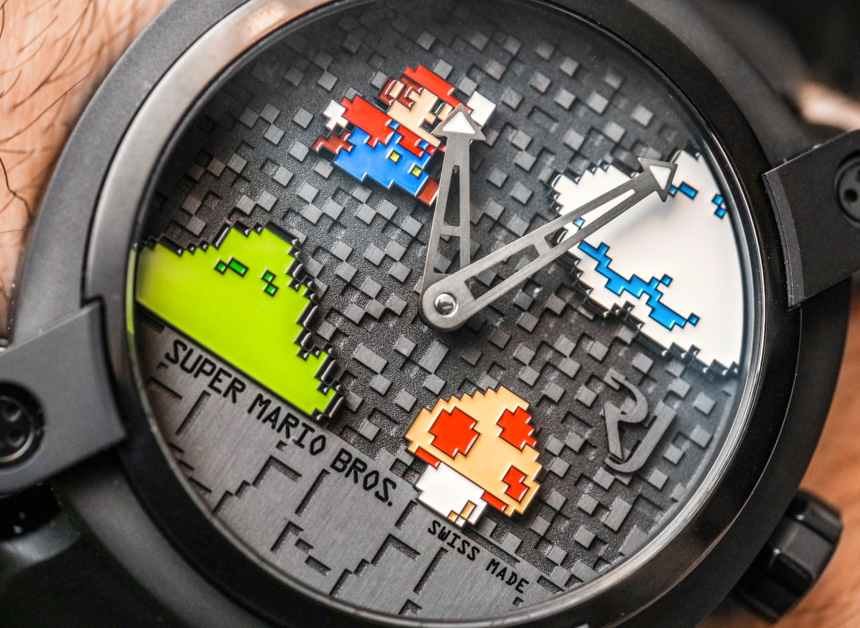
The formula is rather simple, actually. First, brands assume that some people really like luxury watches and are willing to pay premium prices for original and exclusive designs. Second, they know that items which remind consumers of things they loved as a child become in demand at some point after people become adults and start to reflect on their lives. Thus, if they can come up with an exclusive watch that also reminds people of a positive influential aspect of their childhood – then they will most certainly be able to sell a few timepieces.
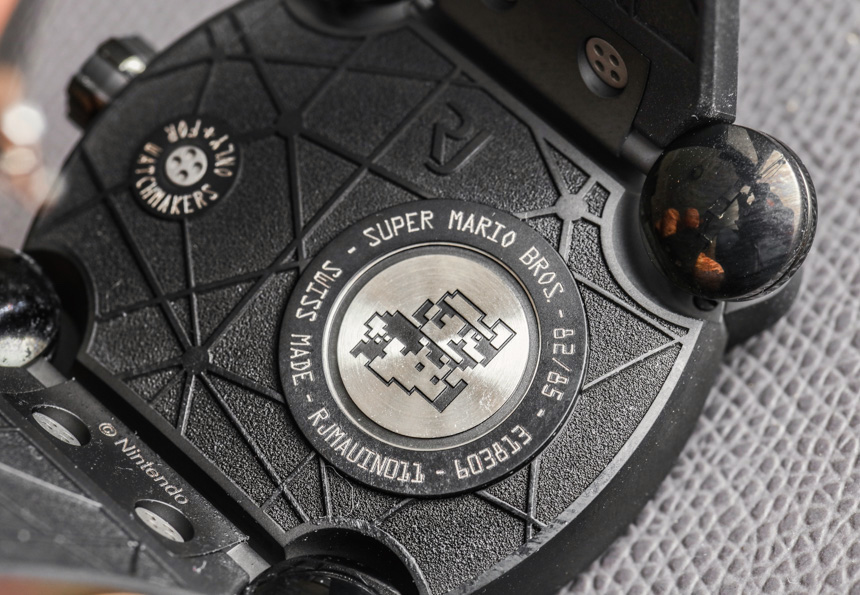
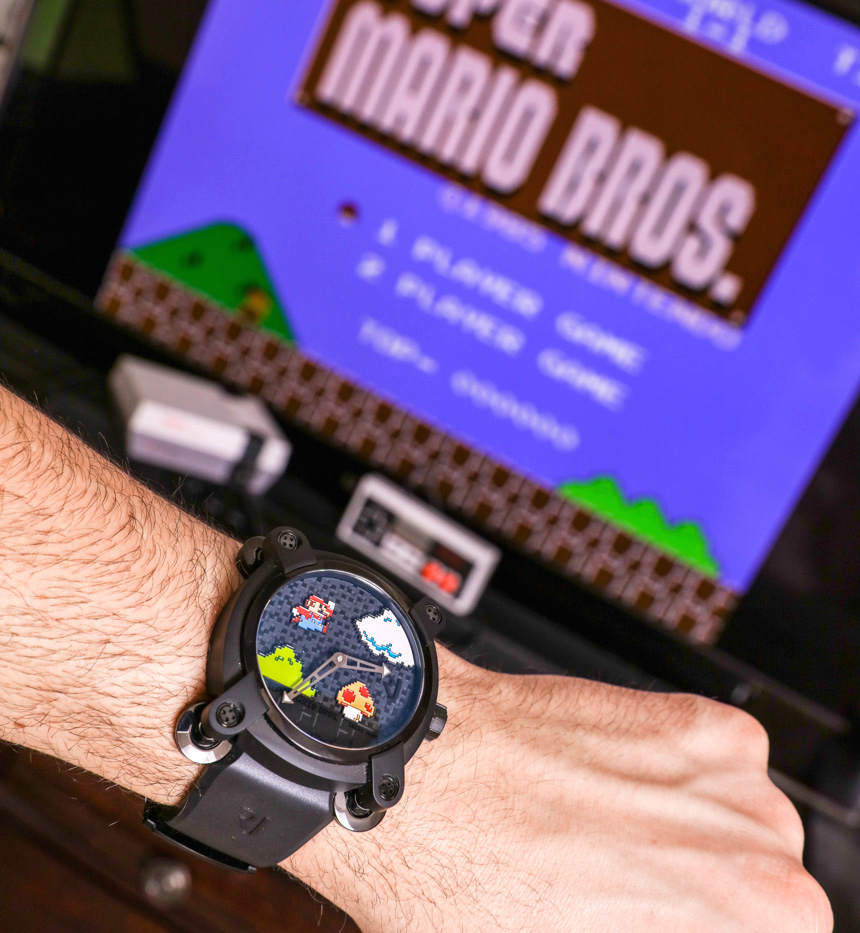
On this occasion, I fit into the sweet spot of the kaleidoscopic Venn diagram which includes people who know watches, like watches, collect watches, like video games, like Super Mario Bros, and grew up with Super Mario Bros. The planets aligned in just the right way for me, and I felt I owed it to the nostalgic boy living inside of me to have a Romain Jerome Super Mario Bros. watch all to myself – of course, with the limited edition number that coincided with my birth year.
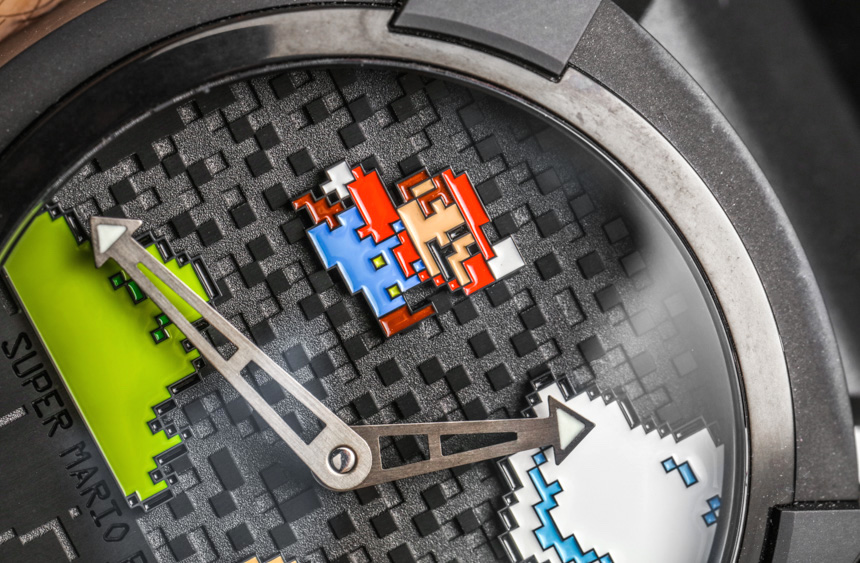
Anyone who has played Super Mario Bros. will immediately recognize the elements on the dial, which are beautifully rendered in enamel paint and tastefully organized. We have a jumping Mario himself, a plant, a cloud, and a power-up mushroom. On the rear of the watch, where the “moon coin” would be on the moon versions of this watch, is another image of our pixelated pipe-patrolling plumber Mr. Mario. The watch is cool-looking and rather simple for anyone who doesn’t “know watches” to understand, considering it is a simple time-only watch.
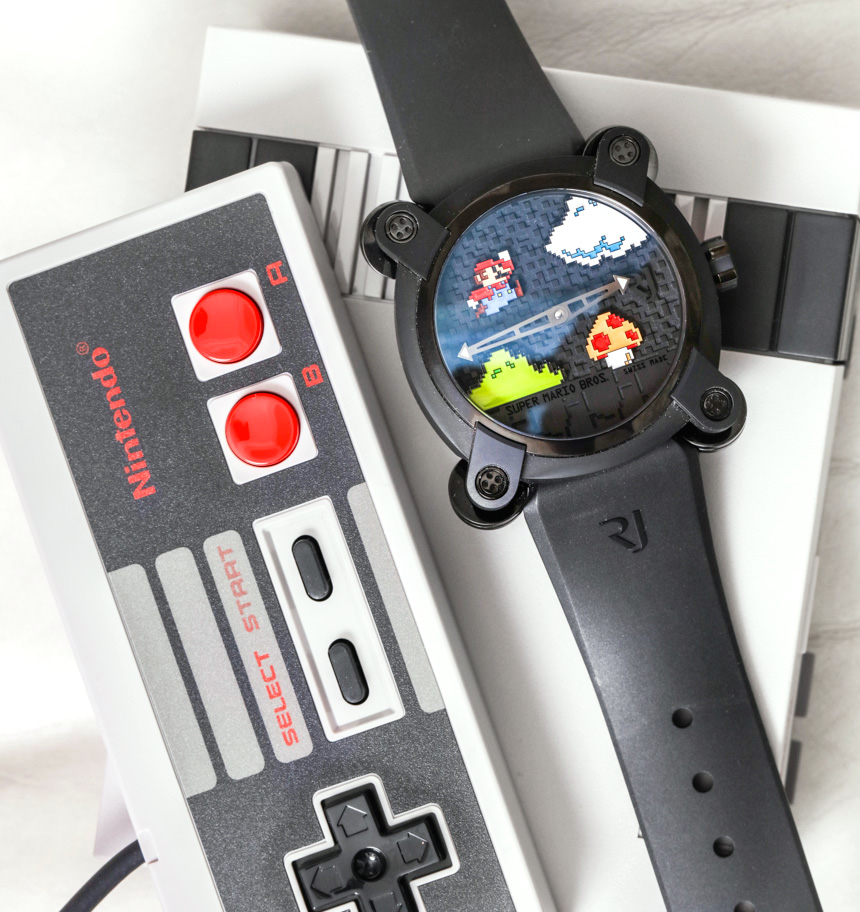
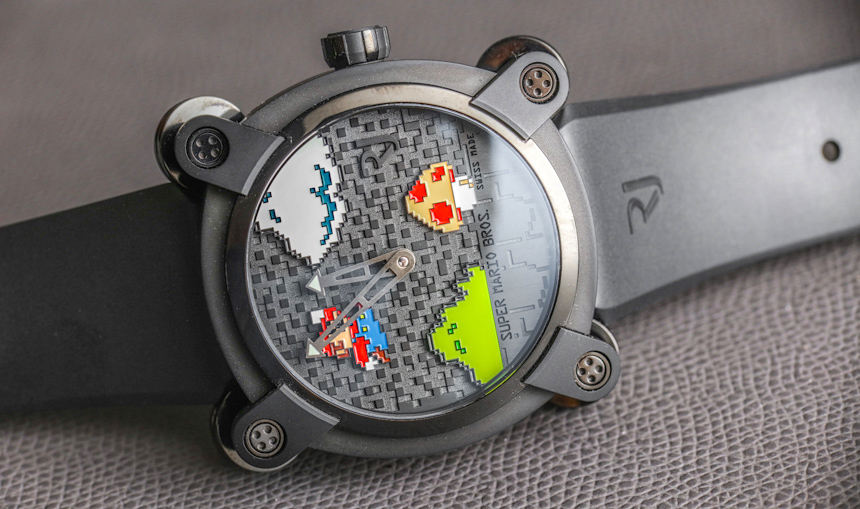
With that said, it is perhaps too simple. Romain Jerome really does produce a small number of watches each year, so they need to make more money off each in contrast to brands that produce more watches. With that said, consumers are typically only able to put up with so much “exclusivity price premium” before they get irritated about the cost of a product. If you ask me why the Romain Jerome Super Mario Bros watch must cost so much, I really don’t have an explanation.
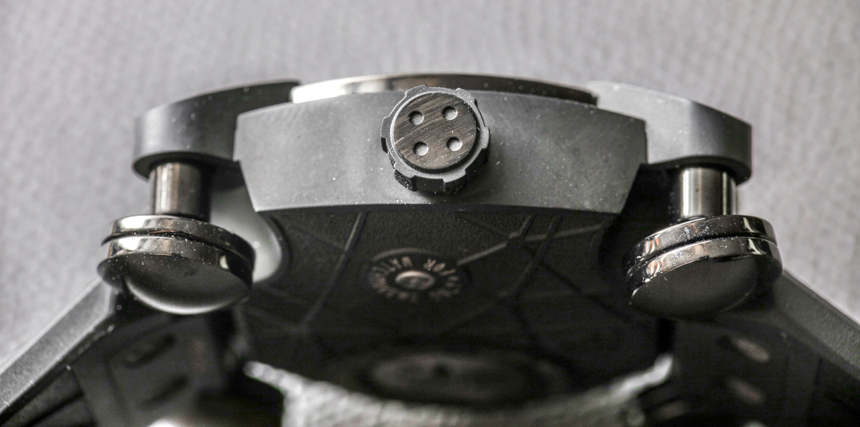
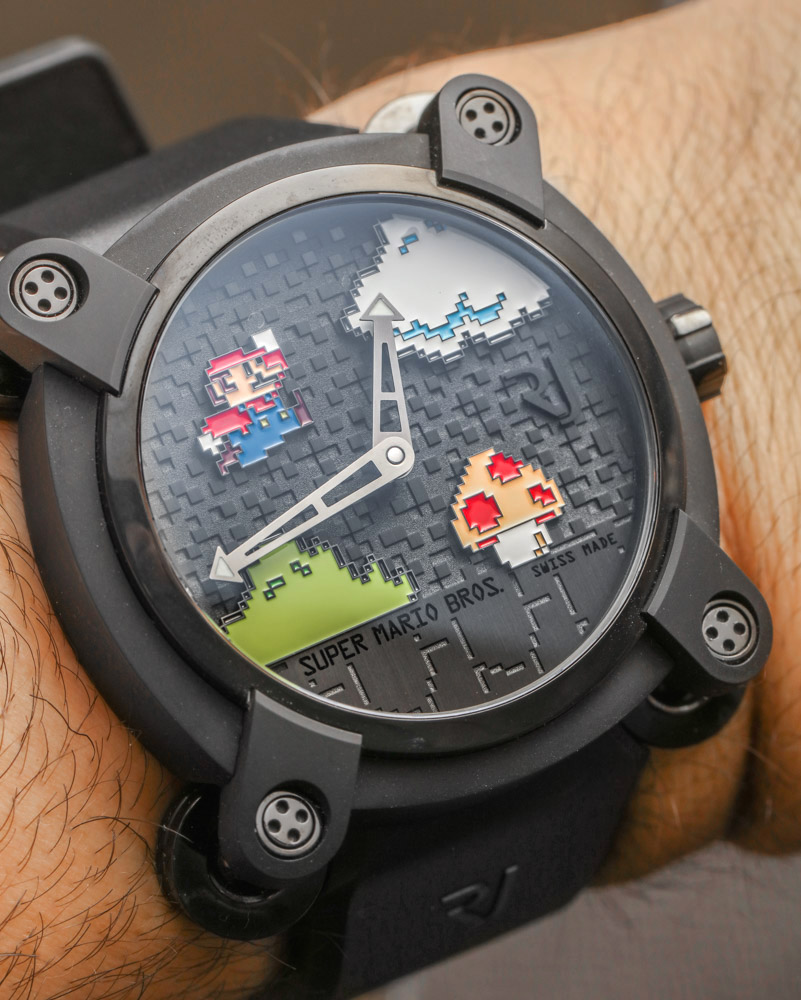
Inside the Romain Jerome Super Mario Bros. is a Swiss Made automatic movement which indicates just the hours and minutes. Romain Jerome calls this movement the calibre RJ001-A – and the automatic movement runs at 4Hz with 42 hours of power reserve. I really do feel that at these prices any watch maker should at least show the watch movement off in one way or another. These are likely Concepto watches and not too bad from a quality standpoint if that is true. While I know the Super Mario Bros. watch is not about strict legibility or functionality, it could stand to be a bit more substantial in the technical department given this price.
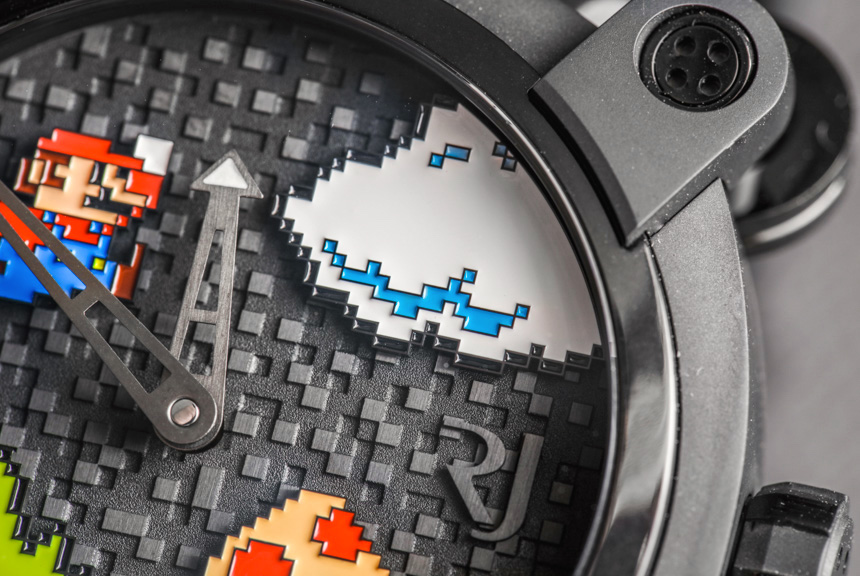
As such, there are no complications, interesting movement features, or too much in the form of unique construction in the watch. I like the theme so much I really wish Roman Jerome could have taken it farther. Couldn’t something like a star from the game serve as a spinning subsidiary seconds indicator? Alternatively, if Roman Jerome didn’t want to make the watch more complicated or legible, they could have decreased the price by a wide margin.
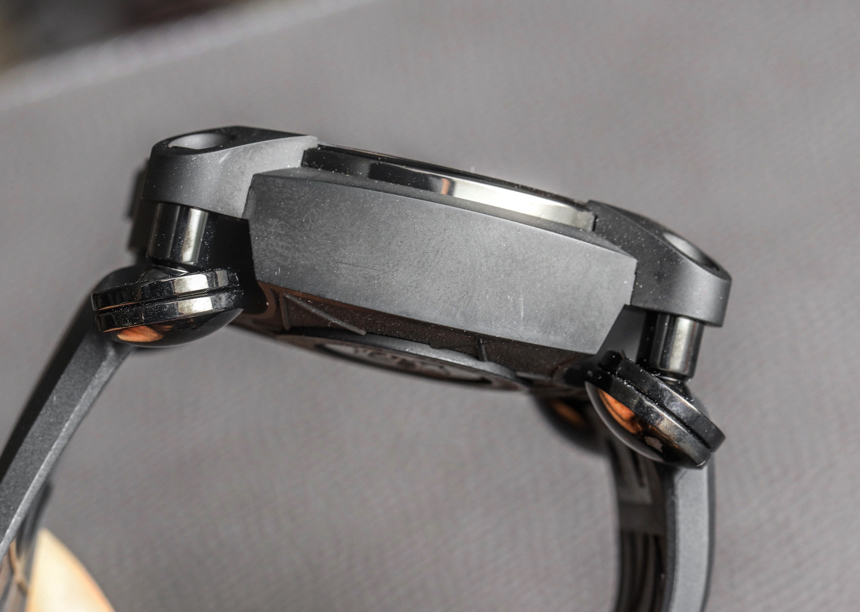
Another issue with the watch is wearing comfort. It might be because I have thinner wrists, but the Moon Invader case is by no means the paragon of wearing comfort. It is hard to pinpoint the precise area where ergonomic comfort fails, but I would say that if you have much larger wrists you might have less to complain about. The lugs on the Romain Jerome Moon Invader case sort of jut into your wrist, and the thick straps (rubber or leather) don’t wrap around the wrist very easily. I would wear the watch a lot more if it were more comfortable.
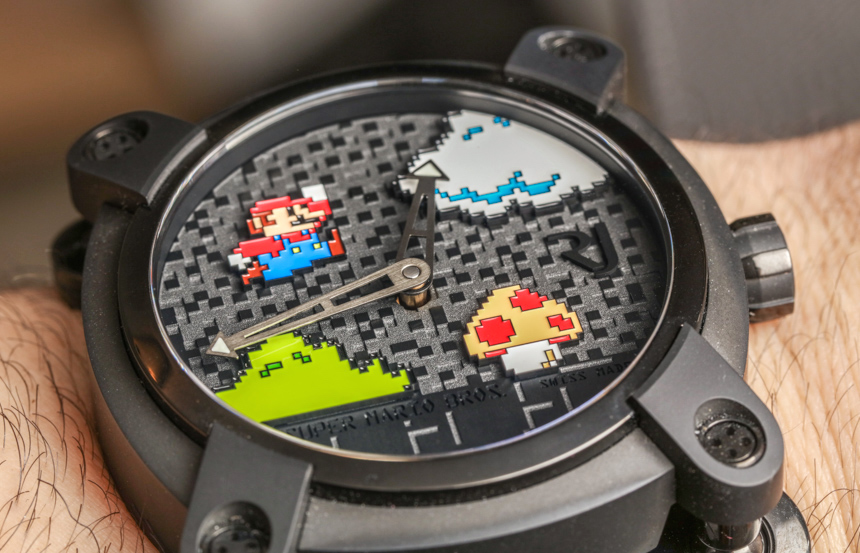
I didn’t want to review the Romain Jerome Super Mario Bros. watch until I had an opportunity to put it on and play the video game it is based on. I did manage to locate my own Nintendo system and Super Mario game from when I was a child, but learned that to play it on modern digital televisions a special adapter was required, and that was sort of a pain in the ass. Around the same time – as luck would have it – Nintendo announced that it would be releasing a retro-gaming product known as the Nintendo Classic Mini. Shaped like the original NES but much smaller, and of course able to connect to modern televisions, the Nintendo Classic came with 30 games, including Super Mario Bros. It wasn’t particularly easy to get one as Nintendo once again produced too few and the $59 USD device continues to quickly sell out of stores even months after it originally started shipping in late 2016. I finally broke down and paid a bit more above retail to get one on eBay. I’m happy I did, and I reminded myself how many Nintendo Classic Mini units I could get for the retail price of just one RJ Super Mario Bros. watch.
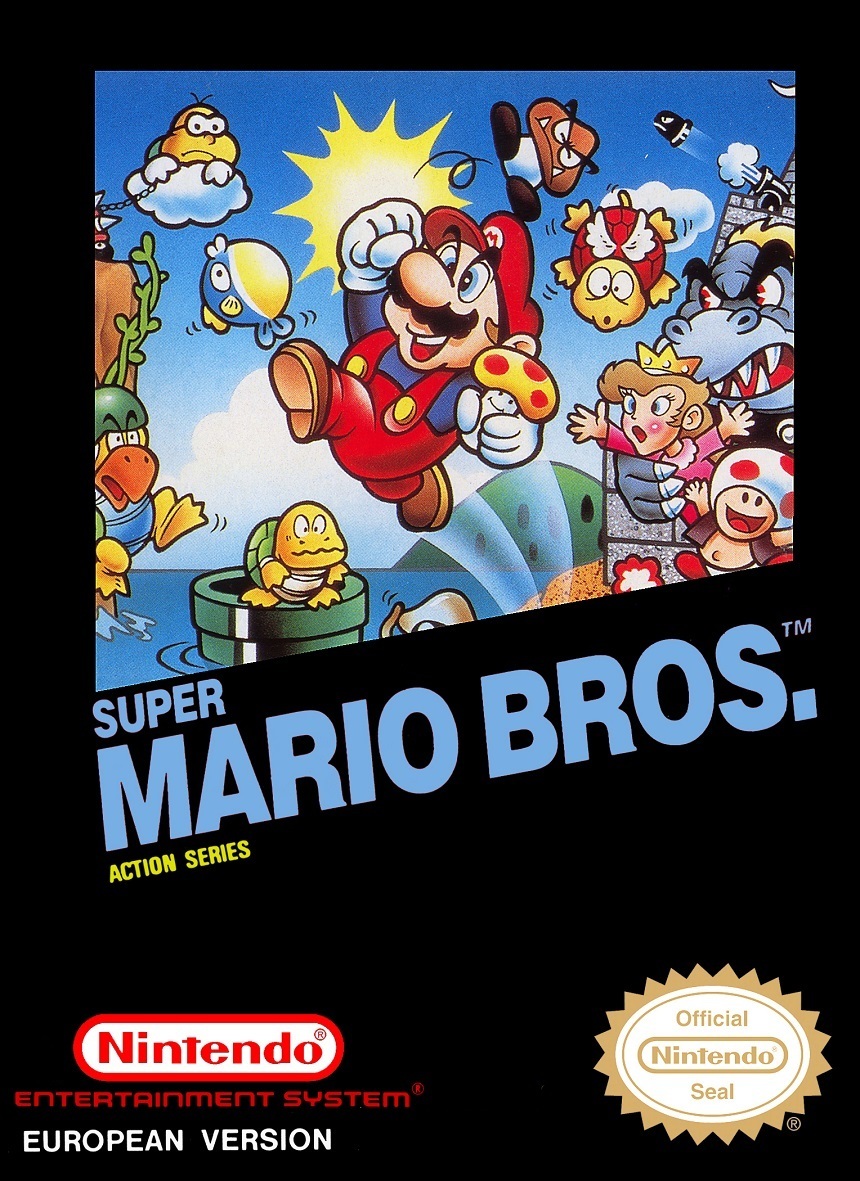
Strapping on my cool-looking Romain Jerome Super Mario Bros. watch, I set out to connect and turn on the Nintendo Classic, eager to relive my childhood days with friends playing video games while listening to the catchy MIDI-composed game soundtracks that I still hear playing in my head today. Was Super Mario Bros. everything I remembered it was from the 1980s? Yes, with all the good and the bad that came with it. You have to realize that while I by no means have time to play videos games with any regularity today, Nintendo in the 1980s was far from the last time I played video games. I’ve been playing video games for 30 years, and seen them mature in a host of ways.
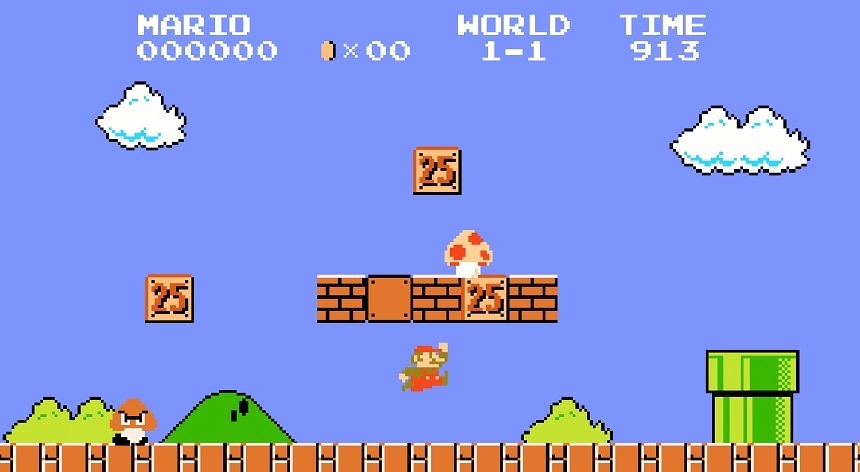
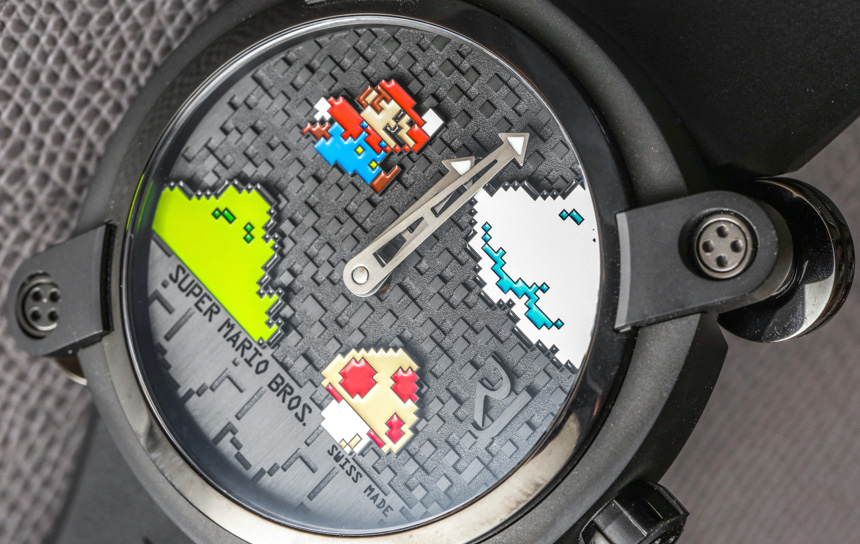
While Super Mario Bros. and good classic games like it often age gracefully, they are thoroughly “primitive” (couldn’t think of a better word) by today’s standards. With that said, these games can offer masterful levels of control if you know how to play them, and years later continue to be extremely difficult, offering players of all skill levels a major challenge to get through.
What surprised me the most was actually my “muscle memory.” After not having played the original Super Mario Bros. in decades, I could easily pick up the game and play it without too much of a learning curve. It made me ponder at length the ability of our minds to retain the knowledge of how to operate software user interfaces many years later with relative finesse and agility (as I further assume I am not the only one who has experienced this “familiarity” playing a video game after potentially decades of pause).
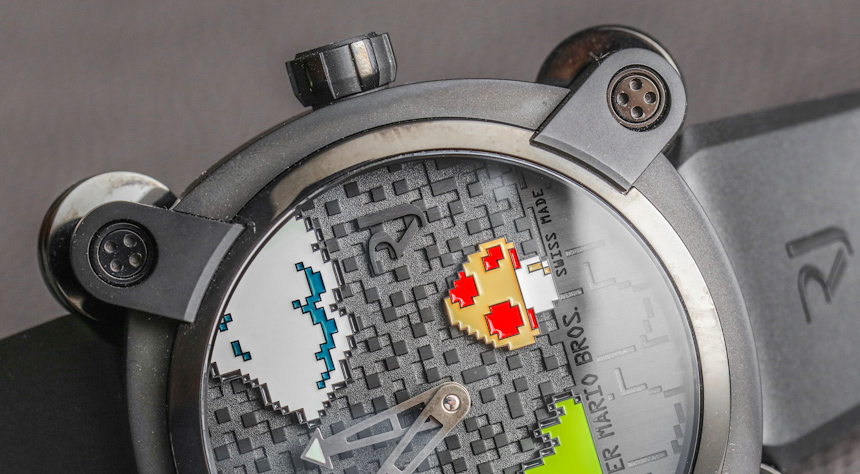
I use watches like the Romain Jerome Super Mario Bros. as an example of ways that luxury timepieces don’t need to be conservative and traditional to be interesting. There is a rapidly growing group of modern timepieces in both design and theme. Yes, of course traditional watches (especially mechanical ones) will always look lovely when designed like elegant antiques, but there is also a world of more artistically creative contemporary watches which can be elegant and timeless in their own right.
Given the fact that many of these watches are avant-garde by design, they will inevitably be welcomed with various levels of skepticism from conservatives who do not immediately appreciate their theme and who do not approve of their more experimental designs. All I can say is that the watch collectors who appreciate these novel types of watches produced by Romain Jerome and similar brands should ignore any applicable outside criticism, as much of it is formed by people who simply cannot share the same level of emotional attachment to the relevant theme of the watch.
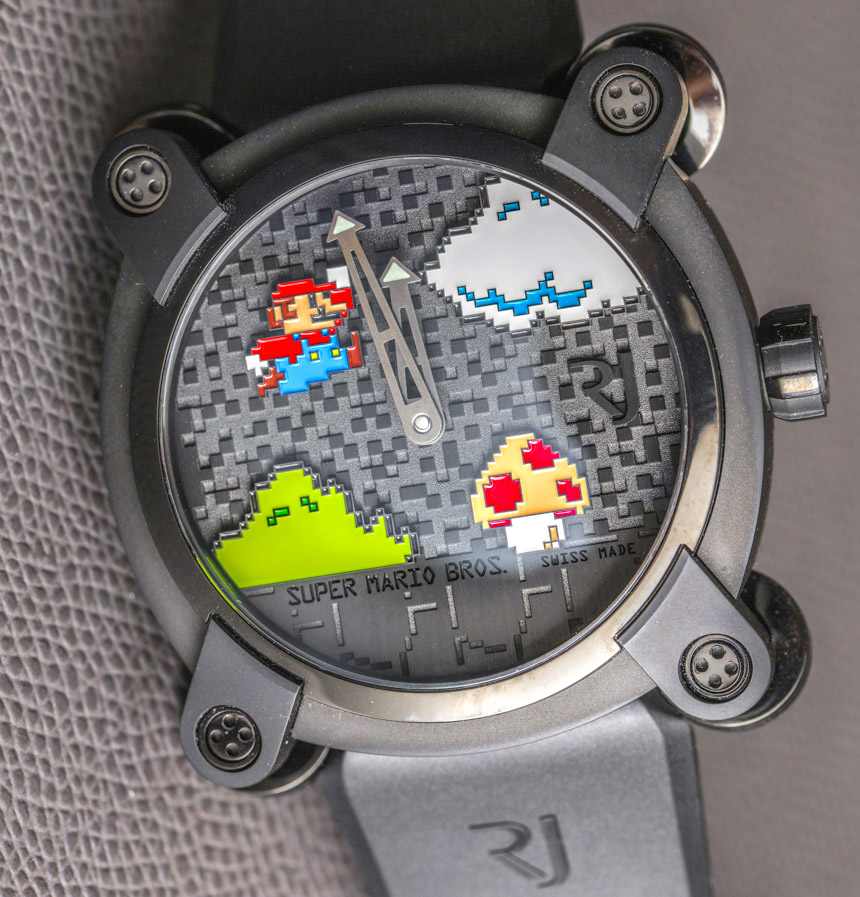
Do I appreciate the Romain Jerome Super Mario Bros. luxury watch simply because I like watches and grew up with video games including titles such as Super Mario Bros.? It honestly might be that simple. Though I naturally have to ask the deeper question of “what values am I celebrating by wearing such a timepiece?” For me, this is a more interesting question because it begins to answer the query of “what am I trying to communicate to myself and the world when I choose to wear this timepiece?”
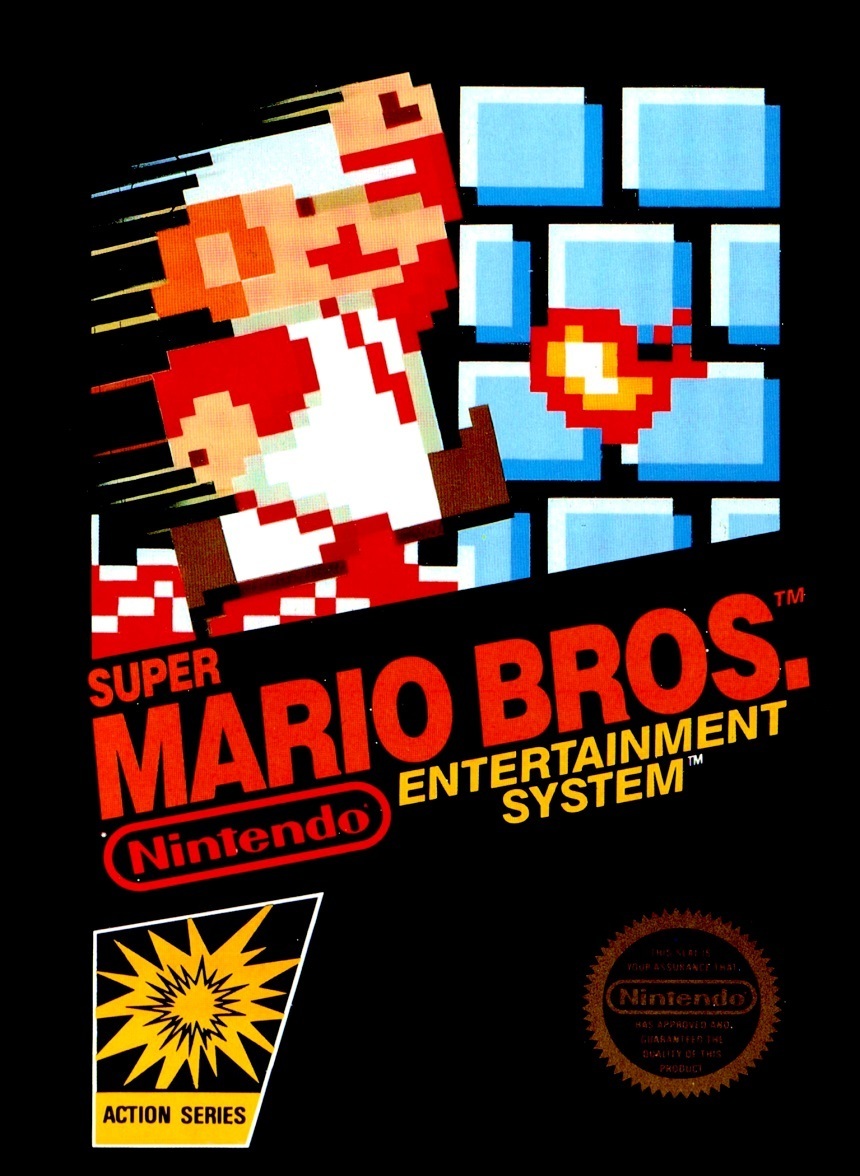
For one thing, I will echo what I said earlier that I value my history with video games given the problem-solving challenges presented in them. Unlike watching television (for example), video games are non-linear entertainment and represent an active-thinking activity which forces your mind to solve problems and, depending on the game, encourages the development of mental agility. Perhaps video game playing helped me develop a range of problem-solving and data organizational skills that I continue to employ today – just in other areas.
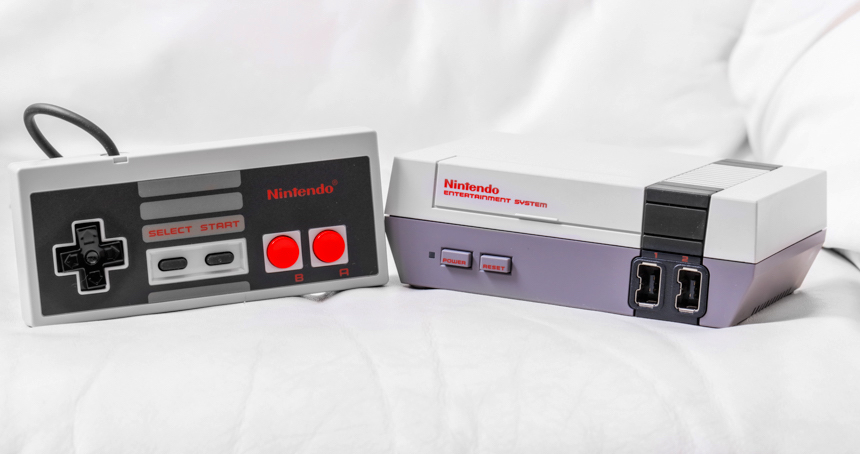

Moreover, there is the simple generational identifying element of wearing a Super Mario Bros. watch. Anyone viewing such a watch on me will immediately recognize that I likely grew up playing this game and valued it. A person with a similar background would know that we at least have that thing in common, and given at least one shared experience are likely to have a few other things in common. It is common sociological knowledge that the basis for friendship in all people is having shared interests with someone. Thus, wearing a watch with a video game I grew up with is a signal to people who might be a new friend to come have a chat. It might also be something to further cohesion among existing friends.
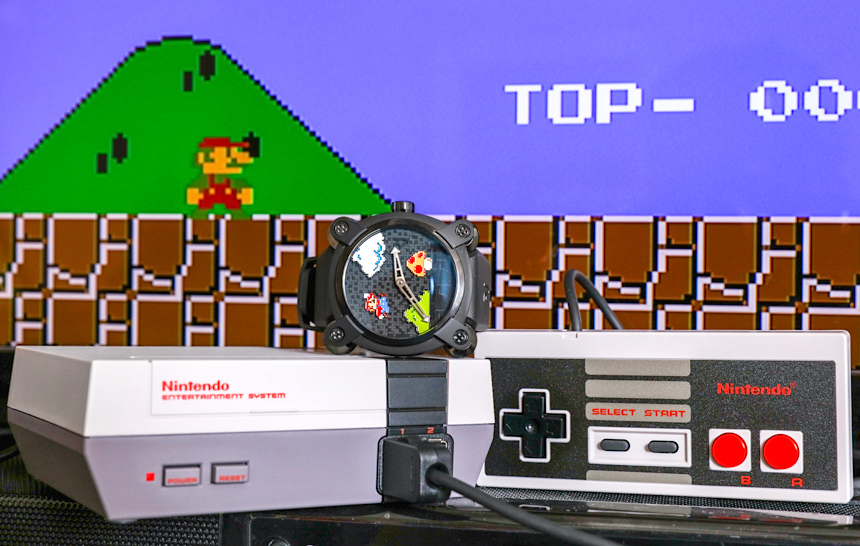
My point in getting so deep into the psychology of wearing a watch like this is that conservative, classic watches tend to not contain deeper message value. There is a difference between wearing a more generic beautiful watch and a more polarizing “interesting” watch. When seeking to wear the latter, something like the Romain Jerome Super Mario Bros. watch is a superb example. The reference RJ.M.AU.IN.011.01 Romain Jerome Super Mario Bros. watch was produced as a limited edition of just 85 pieces, with a price of $18,950. romainjerome.ch

